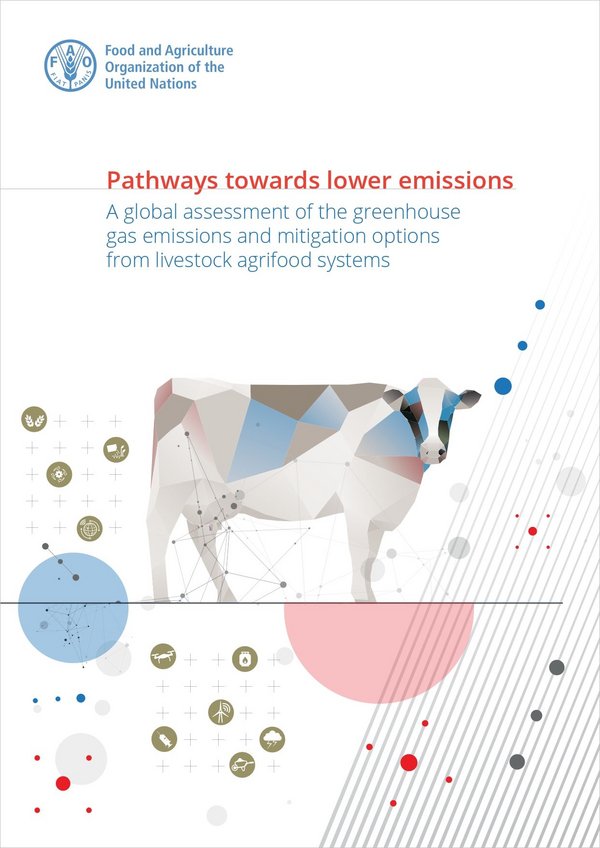- Share this article
- Subscribe to our newsletter
Pathways towards lower emissions
The report Pathways towards lower emissions – A global assessment of the greenhouse gas emissions and mitigation options from livestock agrifood systems, published by the Food and Agriculture Organization of the United Nations (FAO) in December 2023, provides a comprehensive assessment of greenhouse gas (GHG) emissions from livestock agrifood systems, comprising farm gate, land-use change (LUC) and supply chain processes.
It offers estimations of future emissions under scenarios of increased production and outlines pathways to reduce emissions through the application of well-established best practices in animal management.
While there is no universal solution and more work is needed to understand the barriers to implementing and upscaling these interventions, enhancing productivity and production efficiency across the entire value chain is the most promising way to mitigate and reduce livestock emissions. Options to produce more with lower emission levels are available for all regions and production systems.
To maximise the mitigation potential, it is crucial to facilitate farmers’ access to services and invest in enabling their ability to implement tailored interventions.
Moreover, mitigation strategies must both be adapted to local circumstances and be holistically integrated into broader programmes that support rural resilience and livelihoods as well as other sustainability goals.
Adopting best practices – including agroforestry and optimised rotating grazing – on all grasslands globally could harness sequestration capacity enough to knock off nearly one-third of the livestock’s current annual emissions, but the economics of such a change may not be viable in the short to medium term.
Likewise, replacing a share of a pig’s diet with swill from household waste can lead to dramatic reductions in overall nitrogen emissions, would require appropriate investments in infrastructure, policies and regulations to ensure feed safety and reduce the risks of triggering animal disease outbreaks as occurred with African swine fever in Asia recently.
Some proven mitigation solutions, such as advanced breeding and feed mixtures – including novel feed additives – may not be suitable everywhere due to cost, safety and accessibility issues. Grassland-based systems, for instance, are unlikely to benefit from strategies designed for housed systems. Moreover, the mitigation effects of reducing consumption of animal-based foods will depend on what replaces them.
Boosting animal health is a robust approach to enhancing livestock production efficiency and increasing the availability of animal protein without requiring larger herds or flocks. Healthy livestock have higher yields, an important channel to reducing their emissions intensity.
(FAO/ile)
Read more and download the report on the FAO website





Add a comment
Be the First to Comment